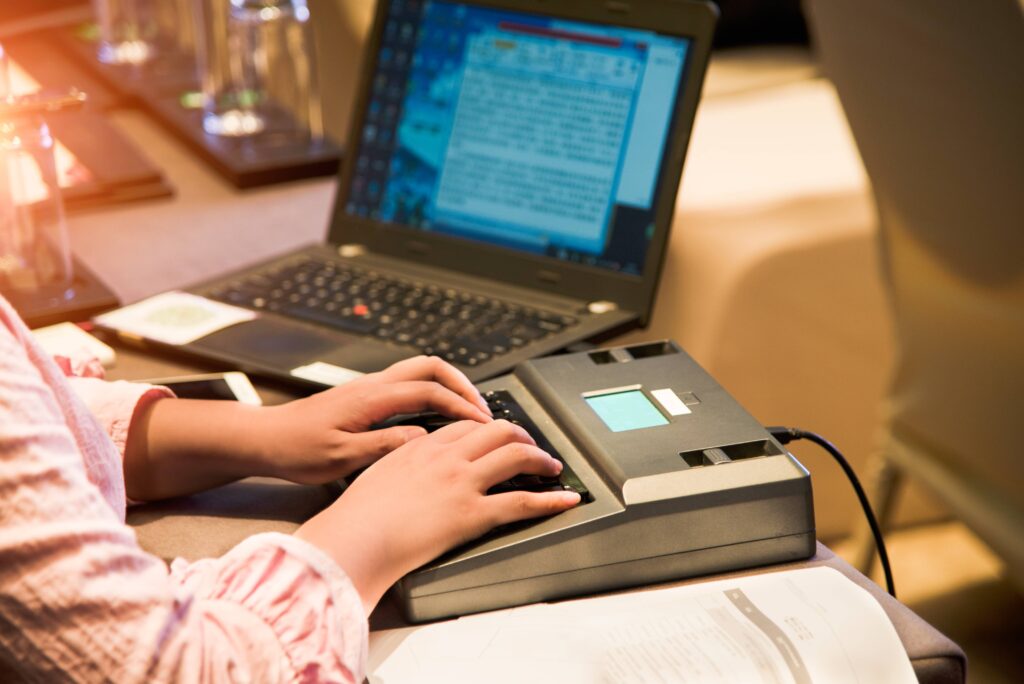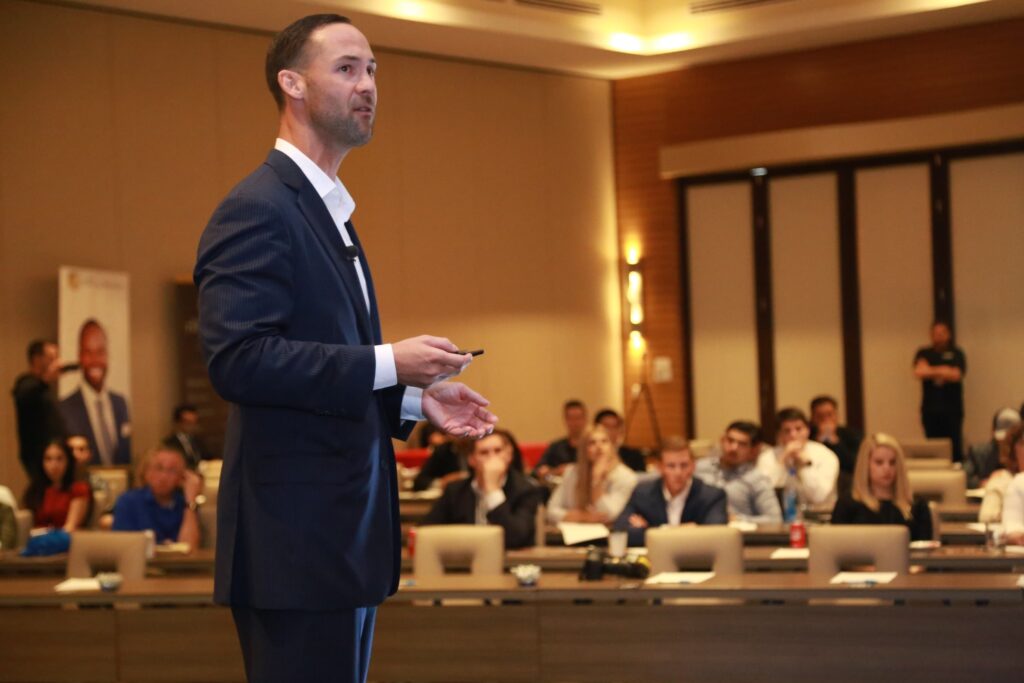The evolution of legal transcription is a story thousands of years in the making, starting with early shorthand methods and developing into cutting-edge artificial intelligence like Automatic Speech Recognition (ASR). As court reporting technology enters this next phase, the industry is also facing new challenges, including the shortage of stenographers.
Incorporating these tools into the courtroom and using them for depositions and other legal proceedings isn’t without complications. However, it’s clear that tools like ASR are going to be critical for filling the labor gap and meeting the demands of today’s legal professionals. Here is a quick overview of legal transcription technology, including how it developed and where it’s likely headed.
Tracing the Roots of Court Reporting
According to historians, shorthand transcription started in ancient Greece, although a more famous and lasting form began during the Roman Empire. In fact, Marcus Tullius Tiro’s system remained in use for over a thousand years. Different forms of shorthand came and went, and into the 20th century, many still used these methods to quickly capture the spoken word and convert it to text.
However, around 1906, the first commercially viable stenograph machine came to the market. These machines allow a trained stenographer to type out several words in a single stroke by using a combination of its 22 keys. This method of transcription became the dominant way of capturing speech in courtrooms and for other legal proceedings. Even today, stenographers use updated versions of stenograph machines in these settings. However, some newer developments in technology such as video recordings altered the way that some in the legal profession performed transcription.
In Kentucky, the courts have used video recordings as the official record for decades. A stenographer strike in the 1980s led to the courts adopting the technology, which caused some complications initially, but the state eventually adapted. Since 1985, when Kentucky officially made video recordings the official form of record keeping, technology has changed even more drastically. Still, the newer tools haven’t fully displaced older methods.

Transformative Technology in the Legal Industry
In the present day, court reporters are using various forms of technology to record proceedings every day. Here are some of the tools that might appear in a courtroom or at a deposition and other proceedings.
Stenograph machines
Stenograph machines are still in use today, and stenographers appear for some of the most important legal proceedings in the country. For instance, in the Oval Office and on the Senate floor, stenographers still carefully transcribe official records.
Stenomasks
Voice writers use a stenomask to capture everything happening in a proceeding. They use their detailed voice notes to create a complete transcript.
Automatic speech recognition (ASR)
ASR is the newest technology that court reporters use. Artificial intelligence powers ASR and allows it to capture speech. However, since ASR alone may lead to errors, digital court reporters and legal transcribers review and edit these transcripts to provide accurate records.

Concerns Over Newer Tech Still Impact the Industry
Fewer people are learning to use a stenograph machine as the training is intensive and costly. In fact, fewer and fewer students are enrolling in these programs, and only about one in five actually graduate. As a result, digital court reporters using ASR are becoming increasingly common and important to the legal industry. Yet, as with anything new, there are some concerns over the rise of digital court reporting.
The accuracy of ASR is one issue, but as the tech improves and often features a human layer of quality control, arguments attacking the quality of digital court reporters’ transcripts lack merit.
Another potential concern is privacy. While many legal proceedings are open to the public, some handle sensitive information. The storage, processing and potential sharing of data needs to align with stringent privacy regulations. It’s important that legal transcriptionists and digital court reporters rely on ASR developed by companies that understand these concerns and take steps to minimize security risks. Fortunately, partnering with providers like Verbit means having access to ASR that’s tailored to the legal industry and protected by robust security measures.

Looking Ahead: The Future of ASR in the Legal Sector
Peering into the future, there will likely be further advancements in legal transcription technology. AI-driven algorithms, machine learning and voice recognition technology promise even greater precision and adaptability. For instance, transcription tools are able to more seamlessly convert audio to text even when speakers have diverse accents or use legal jargon.
In fact, researchers are working to improve multilingual ASR transcription. Such technology will be capable of switching between languages, even when speakers throw in words or phrases from another language or jump back and forth between them during a proceeding. These updates will make for more accurate and effortless transcription in today’s multicultural world.
However, even with the best legal transcription solutions available, court reporting will continue to require a human element. During proceedings, digital court reporters play important roles as impartial record keepers, but also by swearing in witnesses, marking exhibits and certifying records. With technology, these professionals might be using different tools, but they’re carrying on the important tradition of preserving records that support our justice and legal systems.
Finding a Legal Transcription Partner
Verbit’s legal ASR is helping court reporters offer accurate transcripts for important legal proceedings across the country. Our expertise in the legal industry allows us to provide transcripts that meet specific requirements, including standard and customizable formatting. Reach out to Verbit to learn more about legal transcription and our specialized technology.




